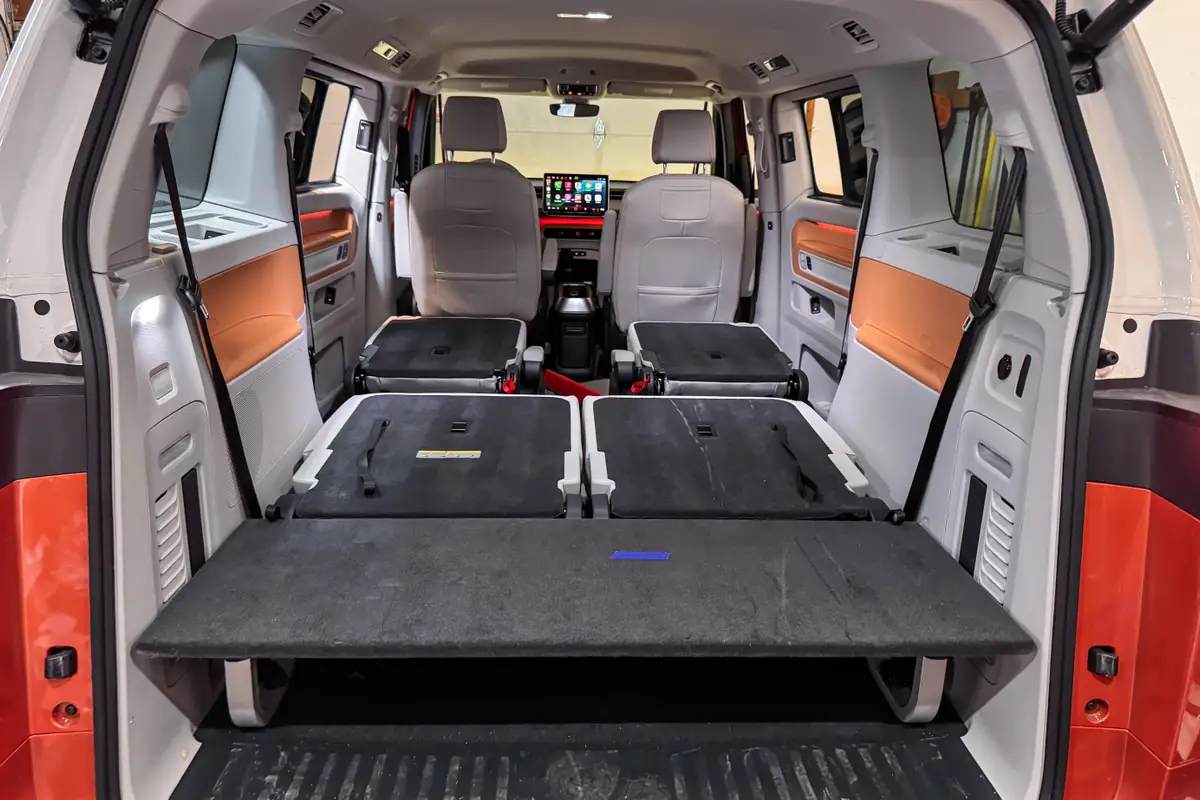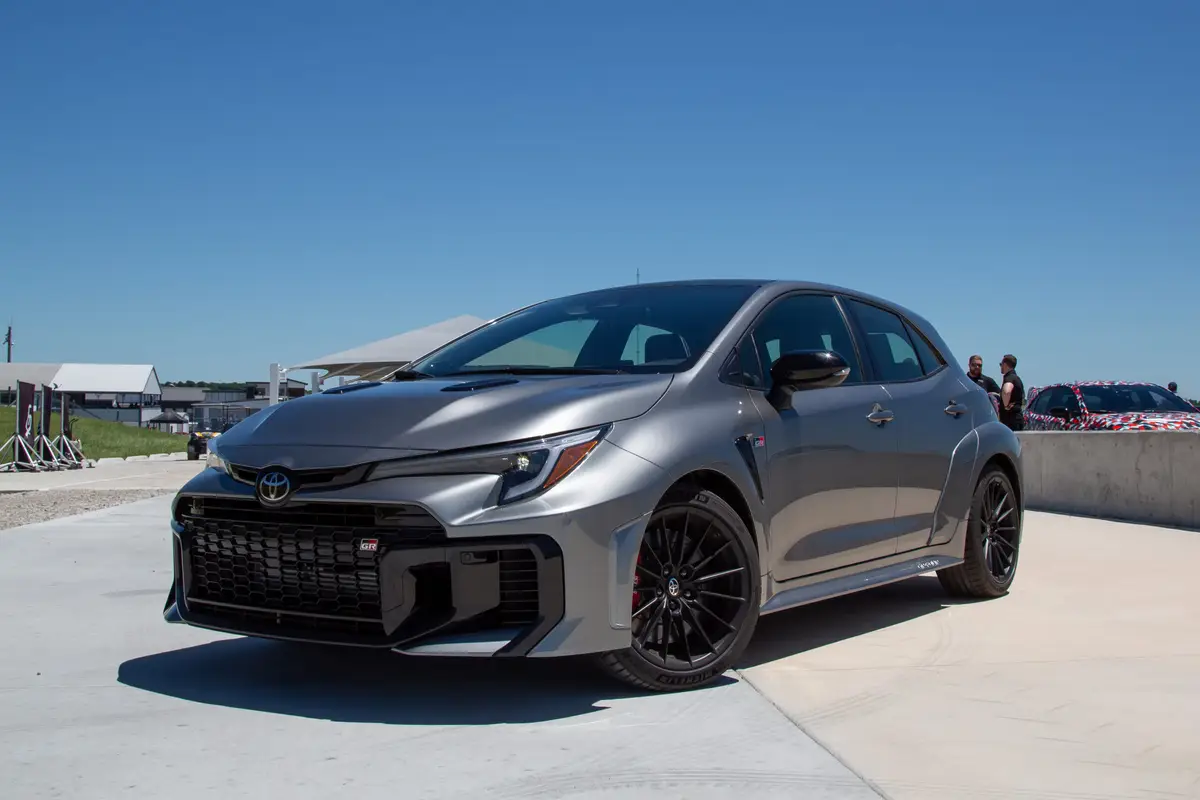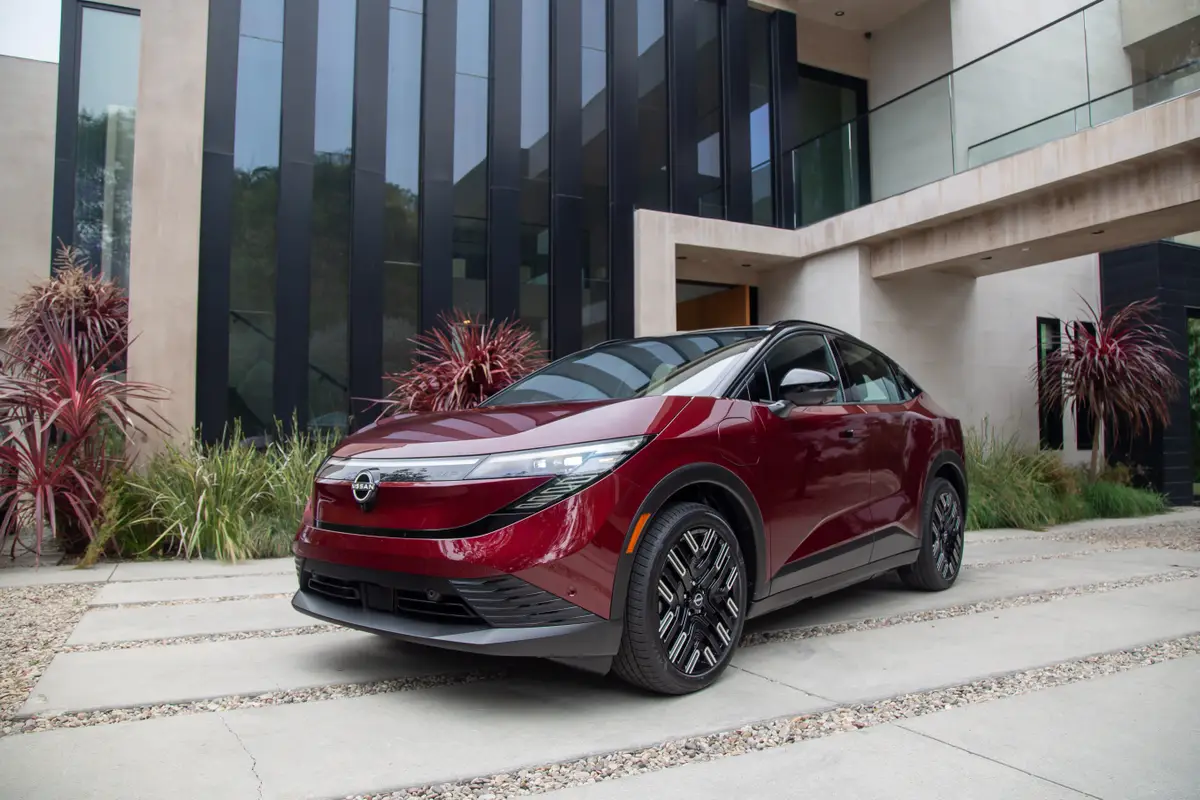2018 Mitsubishi Outlander PHEV: Perfect Hybrid SUV for Very Specific Buyer

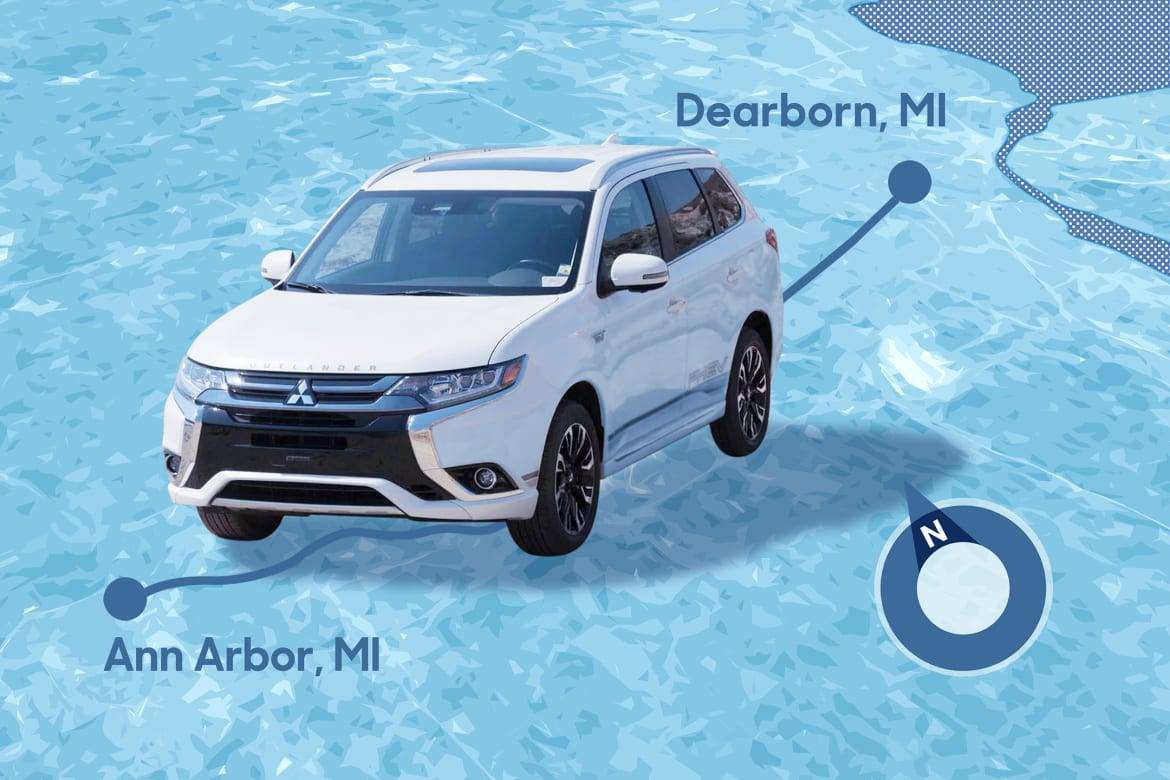
Behold the most popular plug-in hybrid electric vehicle in all of Europe: the 2018 Mitsubishi Outlander PHEV. You’d be forgiven for not knowing what this is, as it doesn’t enjoy the same level of popularity here in the U.S., but that’s understandable. Mitsubishi sales have never quite recovered from their heyday in the 1980s and 1990s due in no small part to products that didn’t keep pace with the changing industry. But Mitsubishi’s recent shift to a crossover-intensive lineup aims to change those fortunes, and the Outlander hybrid seen here is set to play a big part.
Here’s how:
The Techy Stuff
The Outlander itself is a compact crossover about the size of a Honda CR-V. The plug-in hybrid model combines a standard 2.0-liter four-cylinder engine with two 60-kilowatt electric motors, one on the front transaxle and one on the rear. A 12-kilowatt-hour lithium-ion battery pack under the rear cargo-area floor runs the motors and is charged by the engine/generator or by plugging it into a ground-side outlet or charger. All-wheel drive is standard thanks to the two electric motors, which provide a “through-the-road” style of AWD — you can even push a button that simulates a center locking differential even though there is no mechanical connection between the front and rear wheels, as it’s all done with the two independent electric motors.
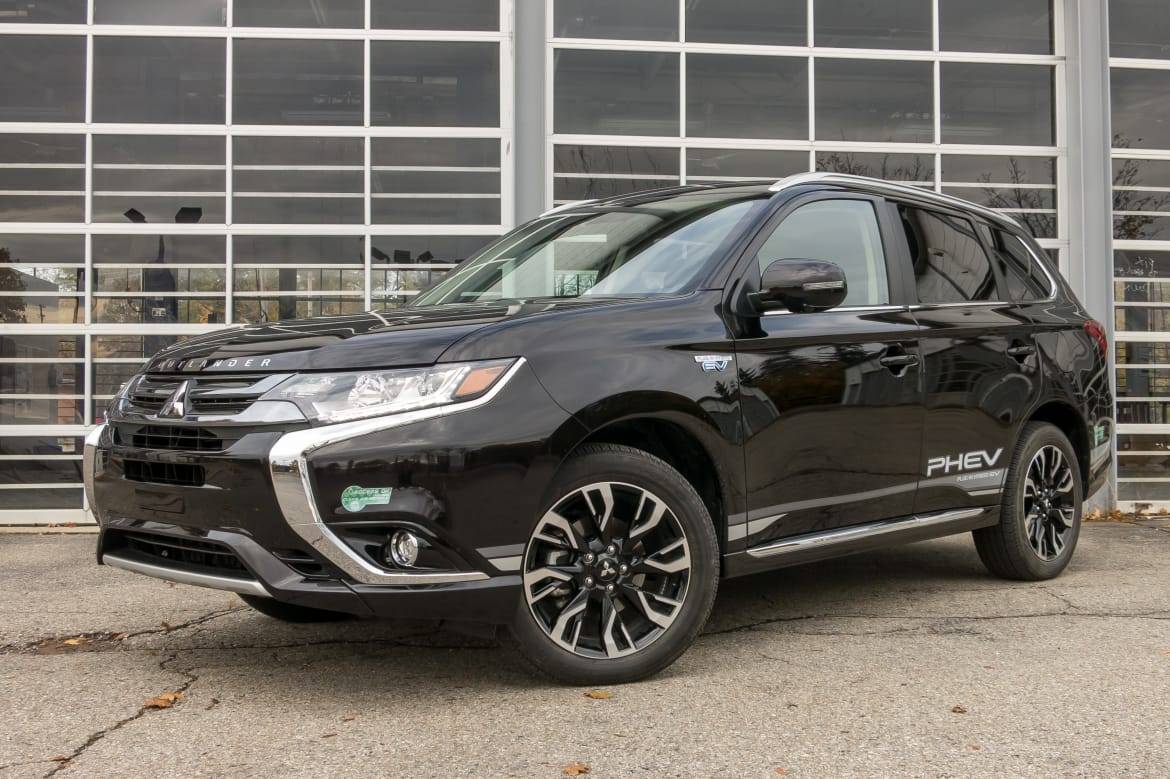
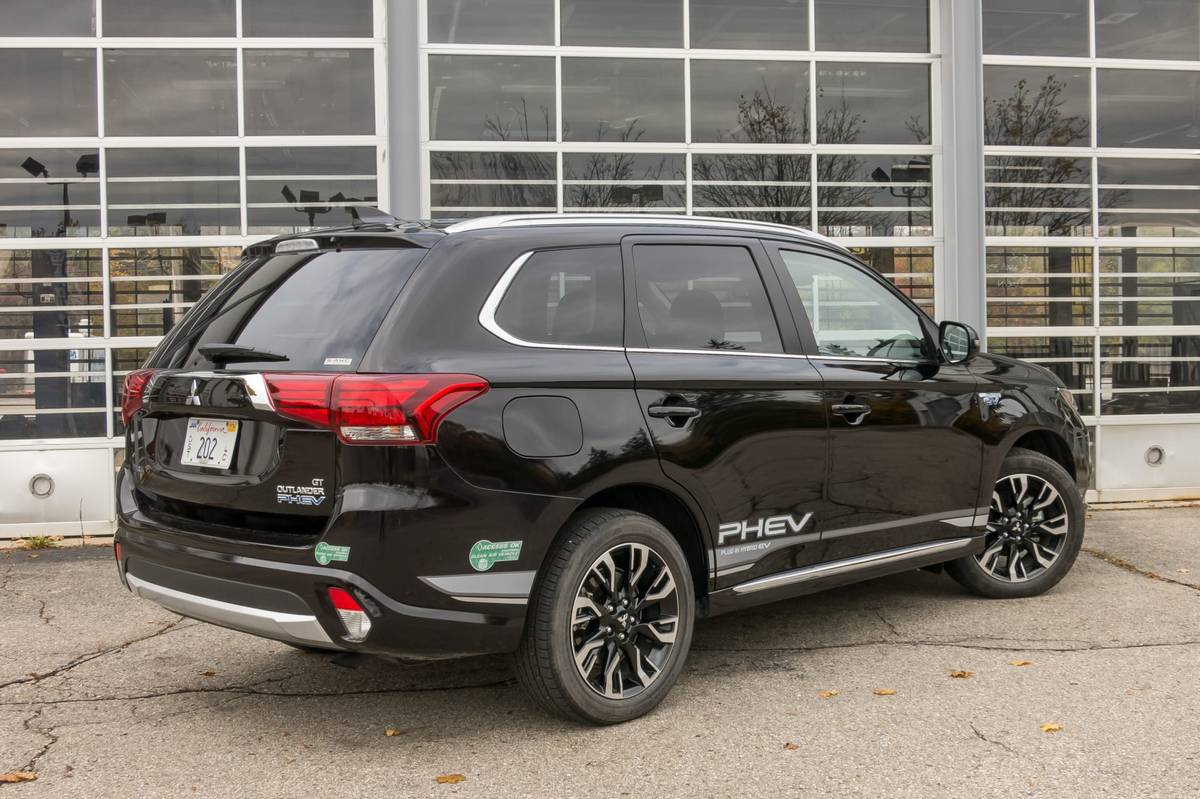
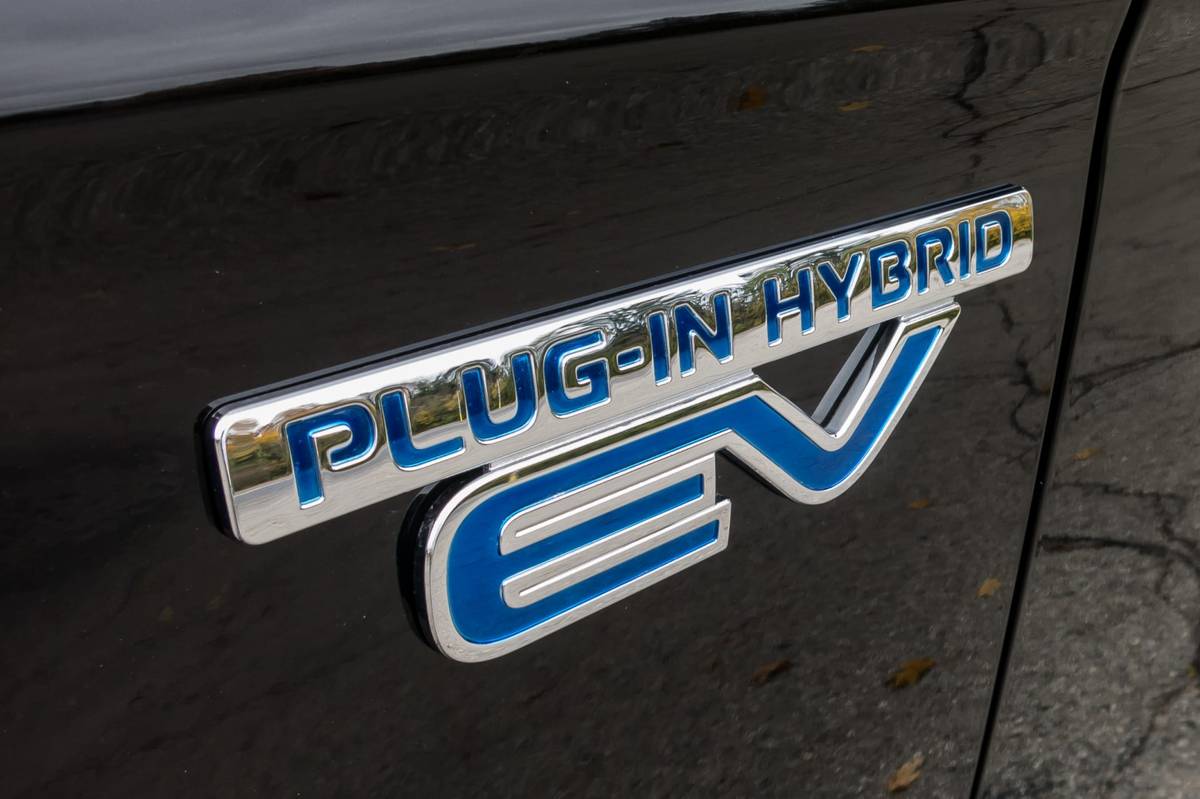


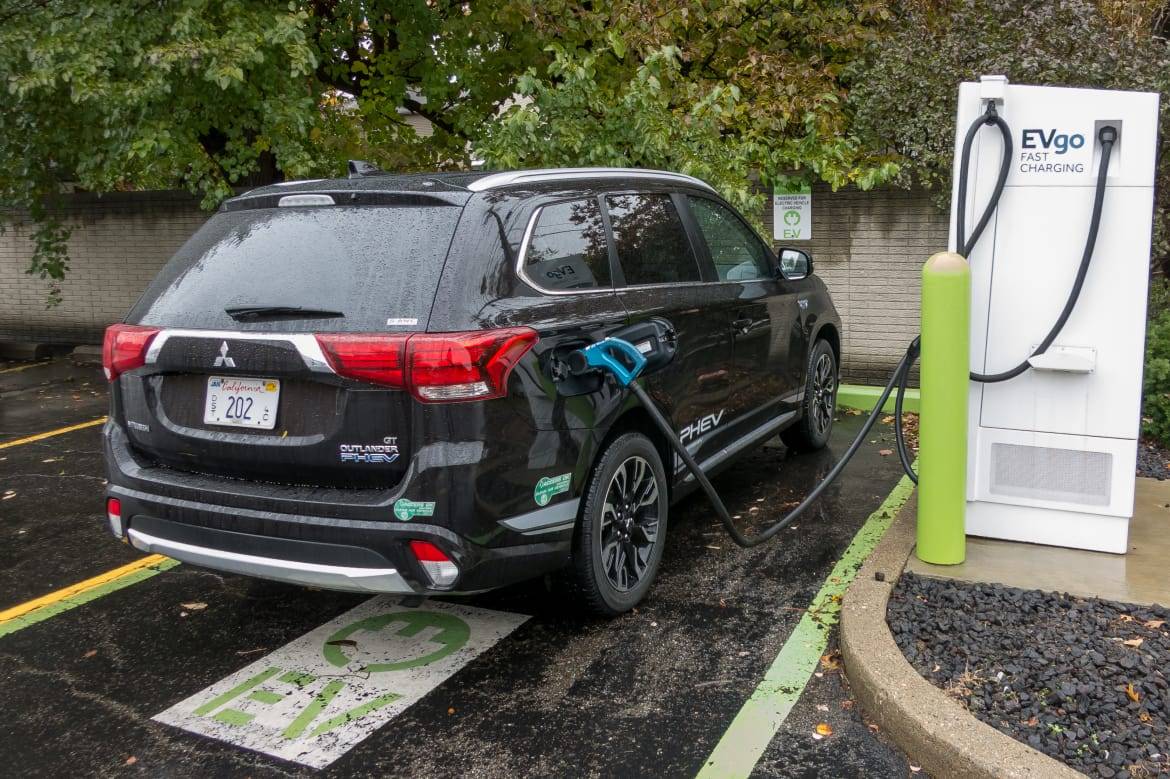






The system operates very much like a Chevrolet Volt: It’s an electric vehicle that uses its onboard gas engine primarily to keep the batteries at a certain state of charge — or on the rare occasion that it needs to, add a little bit of grunt to the system for acceleration purposes or when traveling at steady highway speeds. But unlike the Volt, Mitsubishi gives the driver a lot of control over how the system is operating. The SUV automatically chooses one of three modes for its operation, depending on the demands being placed on it. These modes include:
- EV Drive Mode: Around town at low speeds, at gentle to moderate acceleration, the Outlander PHEV will keep itself in electric operation mode, not using the gas engine for anything. This mode can also be purposely selected using the EV Mode button on the center console to keep the vehicle from firing up its engine.
- Series Hybrid Mode: If the battery runs low or you floor the accelerator for some sudden speed, the Outlander will fire up the gas engine/generator and use that power to supplement what’s in the battery. The engine then works to charge the battery to a certain level as well as provide power to the motors.
- Parallel Hybrid Mode: This is where the engine engages a built-in clutch and provides both electricity to the motors and propulsive force to the front wheels. Conditions might include driving up a steep hill or maintaining a high-and-steady speed on the highway.
In addition to these various modes, there are three driver-selectable modes to further refine how you use your Outlander PHEV. They are:
- Eco Mode: As you might expect, this reduces to slow responses your inputs to everything, such as throttle and climate control.
- Battery Save Mode: This keeps your battery at whatever state of charge it’s at (up to 90 percent) by running the gas engine continually. Good for situations like driving on the highway or at moderate speed around town, then switching to EV Mode for silent running in city centers or suburban neighborhoods.
- Battery Charge Mode: Something most other PHEVs don’t offer, this mode runs the gas engine continually with the goal of recharging the battery. Most PHEVs don’t do this, as it’s definitely not the most cost-effective way to charge this battery (plugging it into a home charger is), but Mitsubishi gives you the option. It can recharge an empty battery to 80 percent in about 40 minutes, according to the company.
Related: 2018 Mitsubishi Outlander Review: When a Bargain Isn’t
How Far Will It Go?
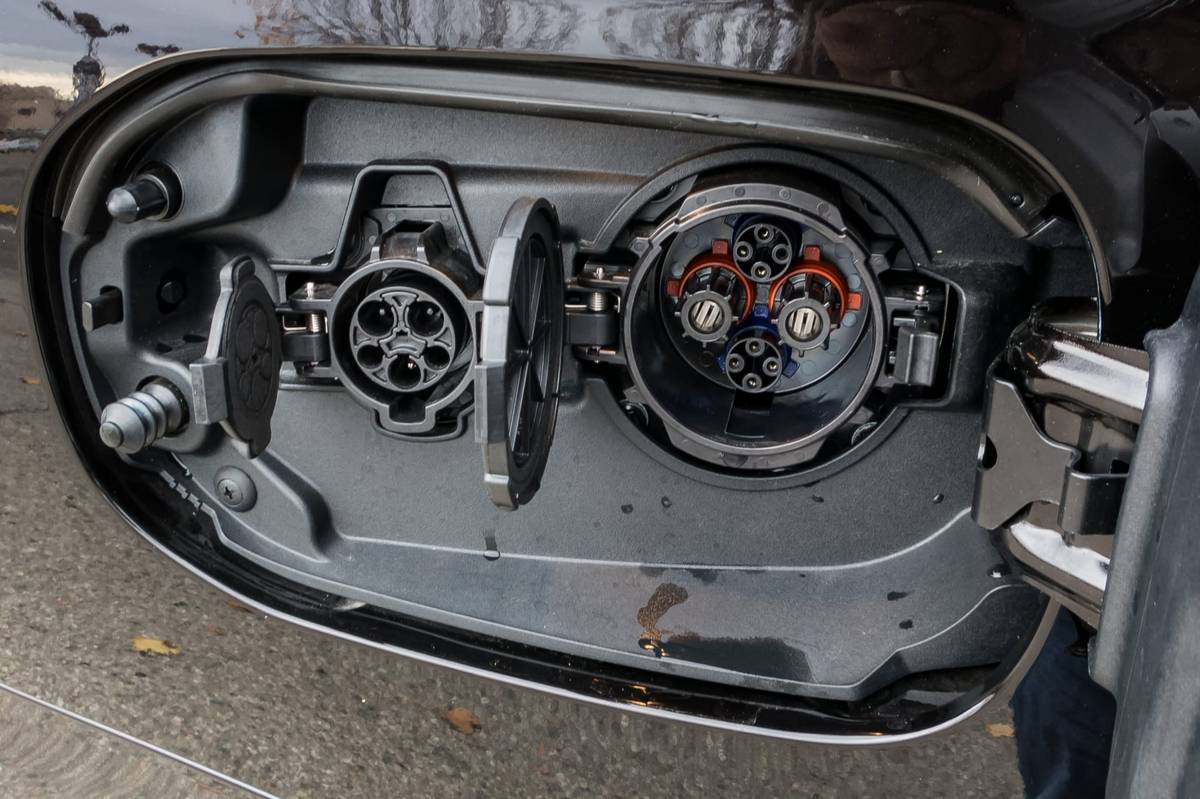
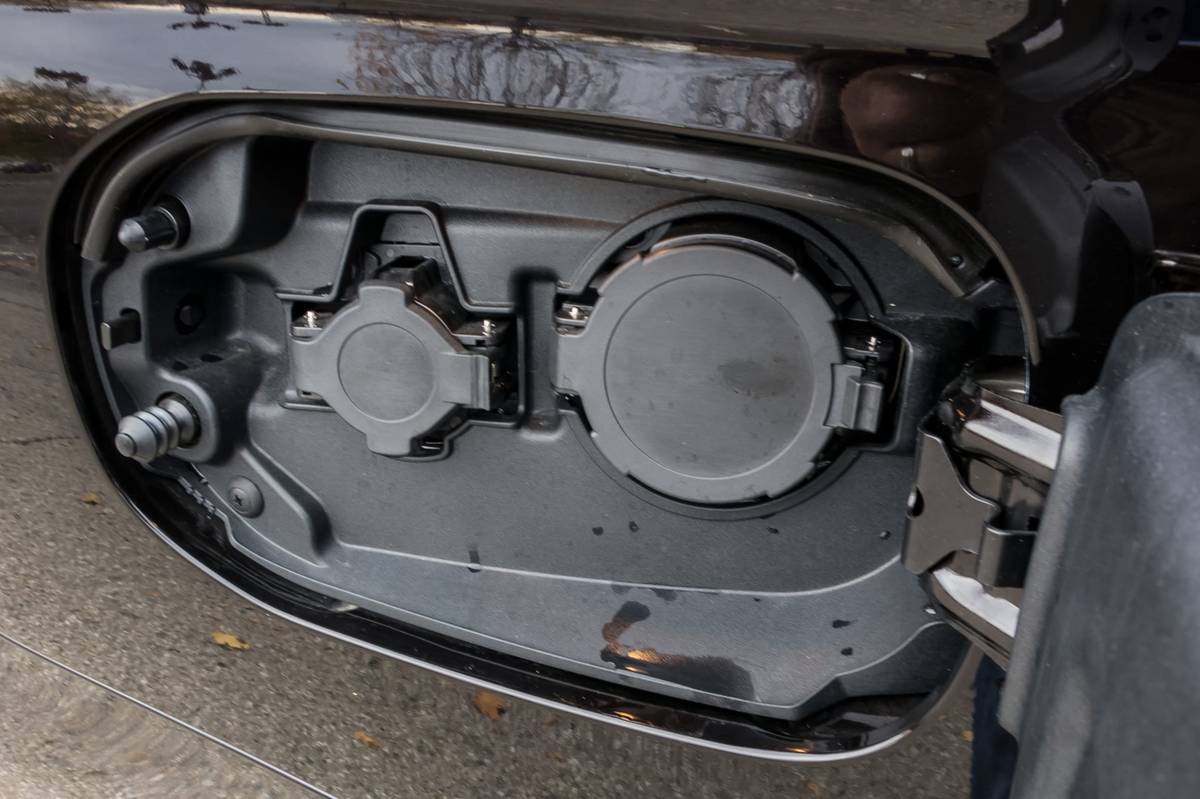
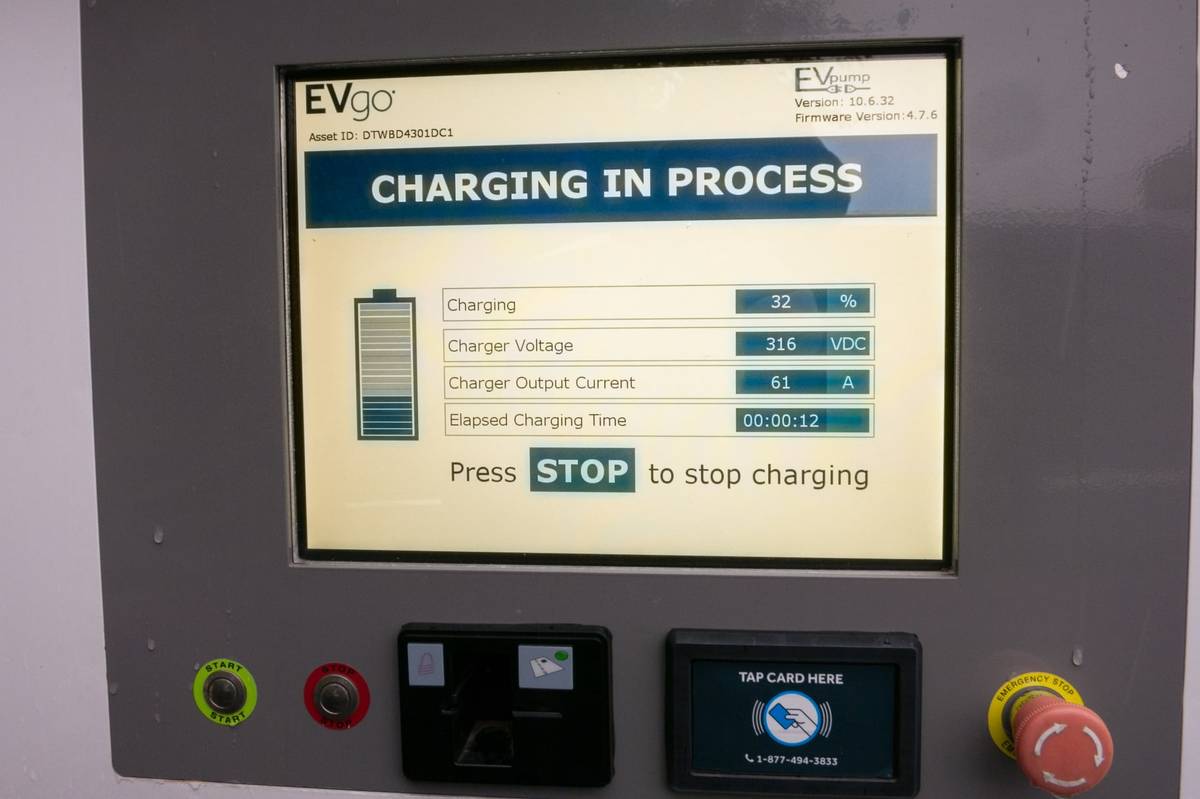
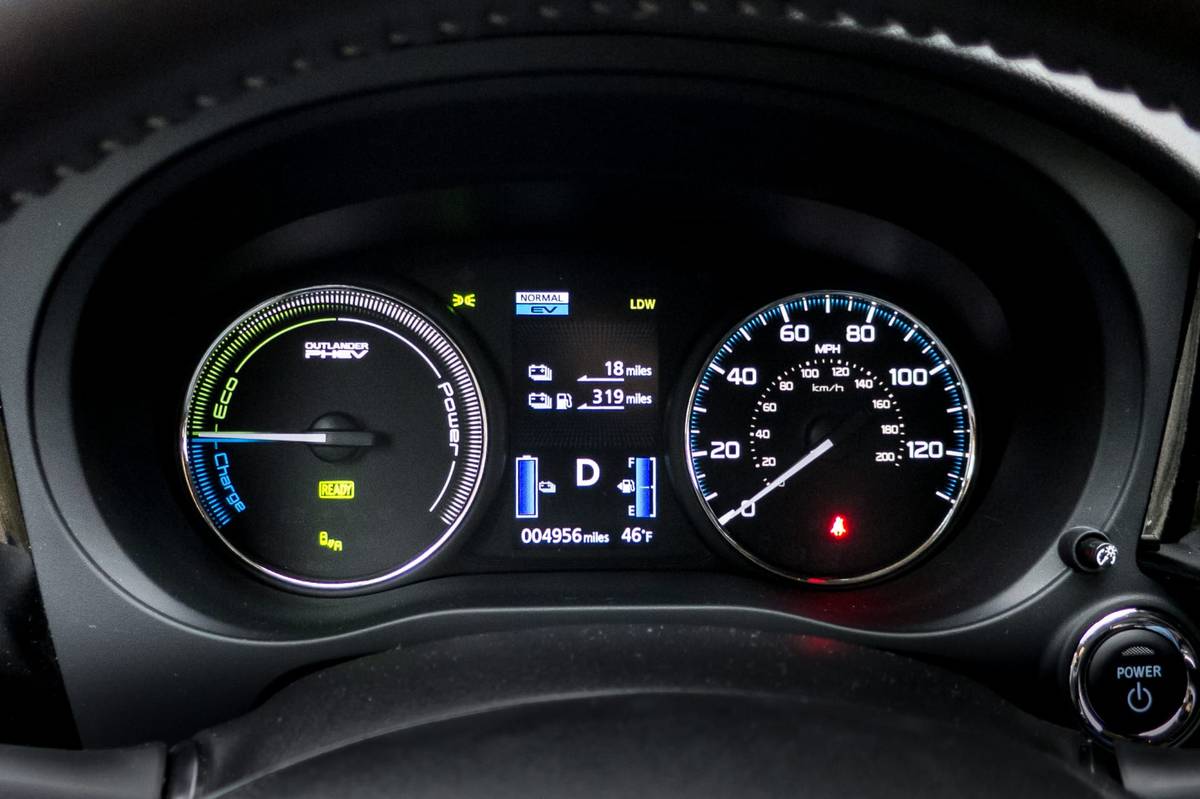
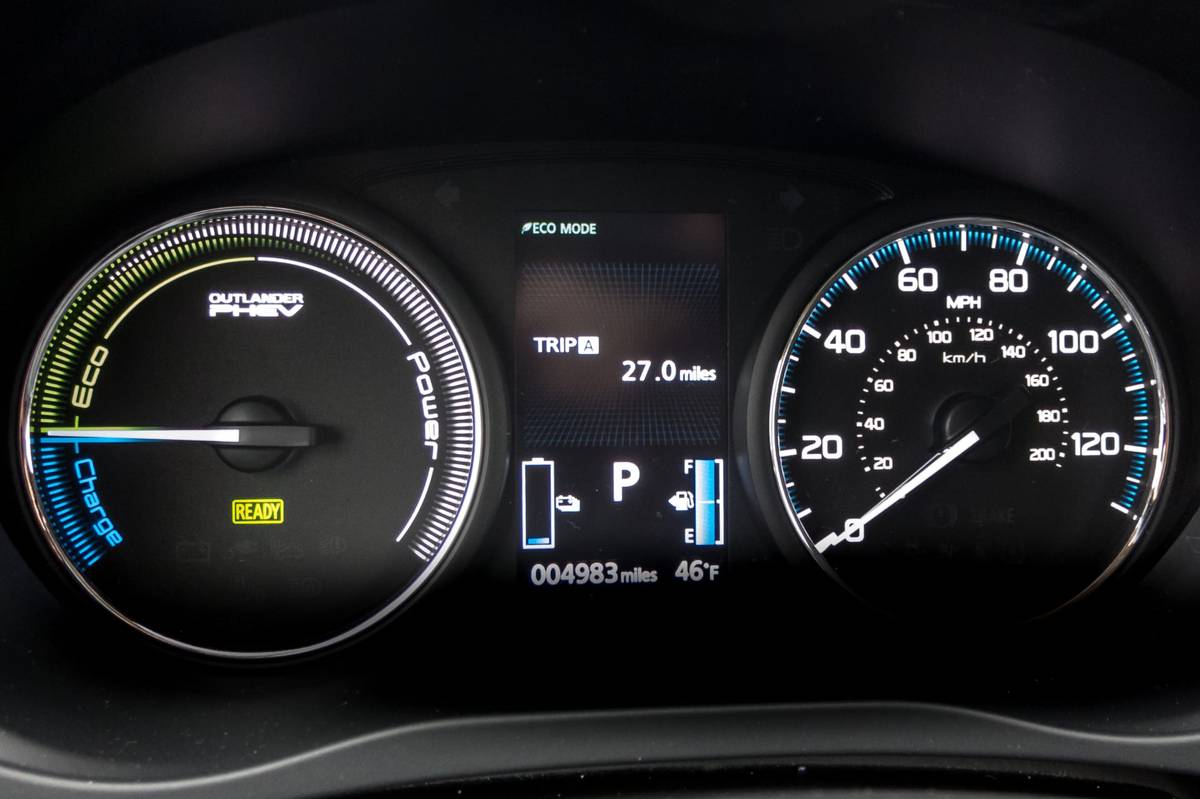
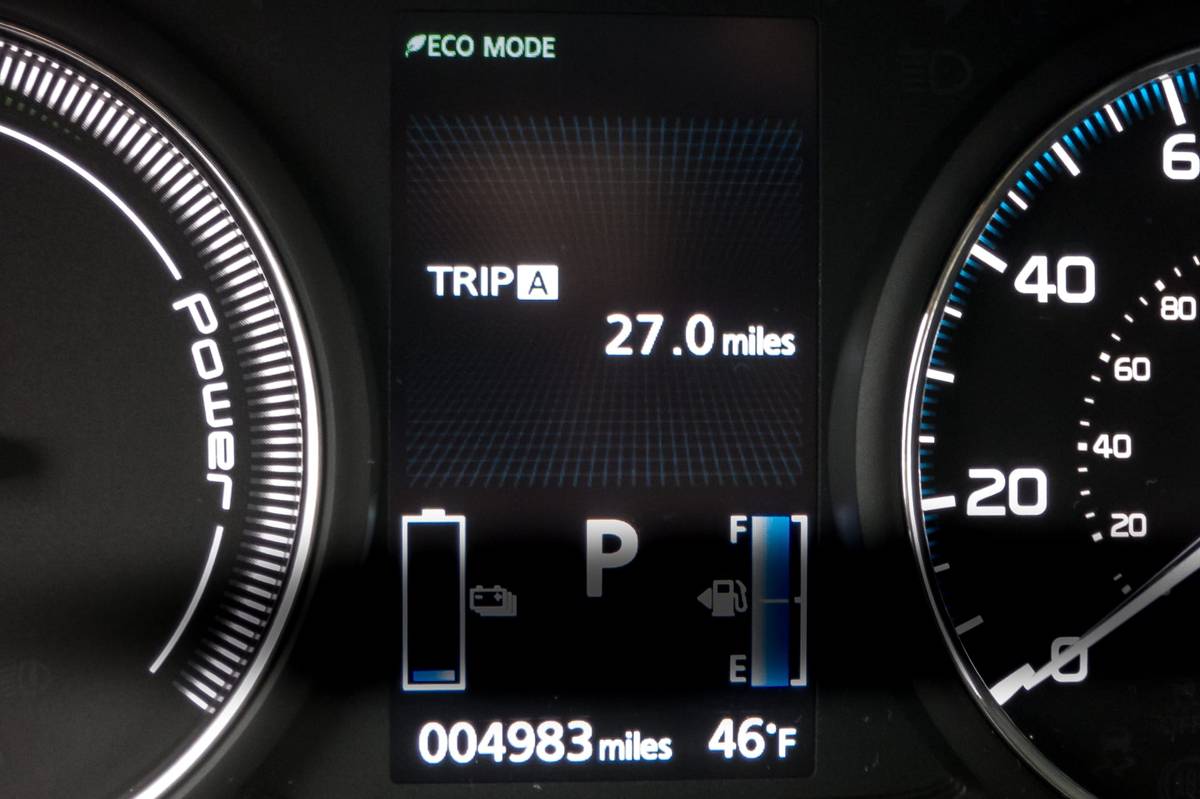
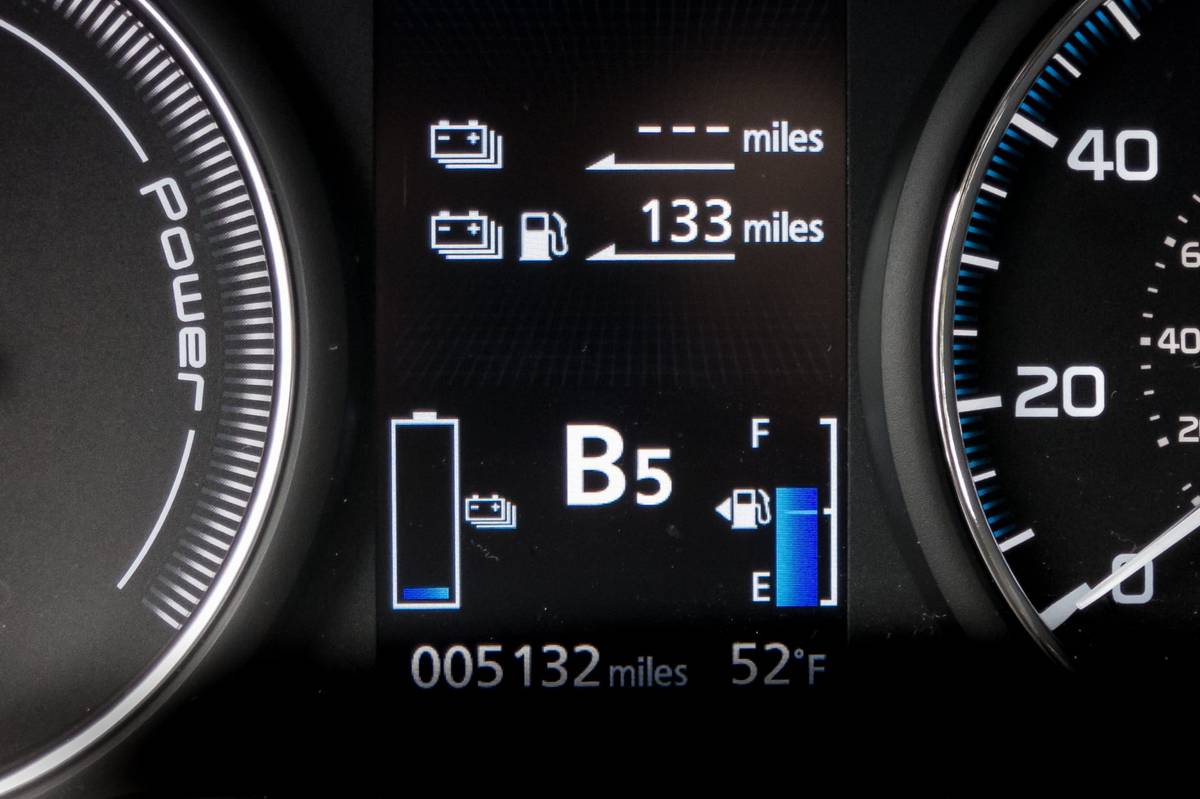
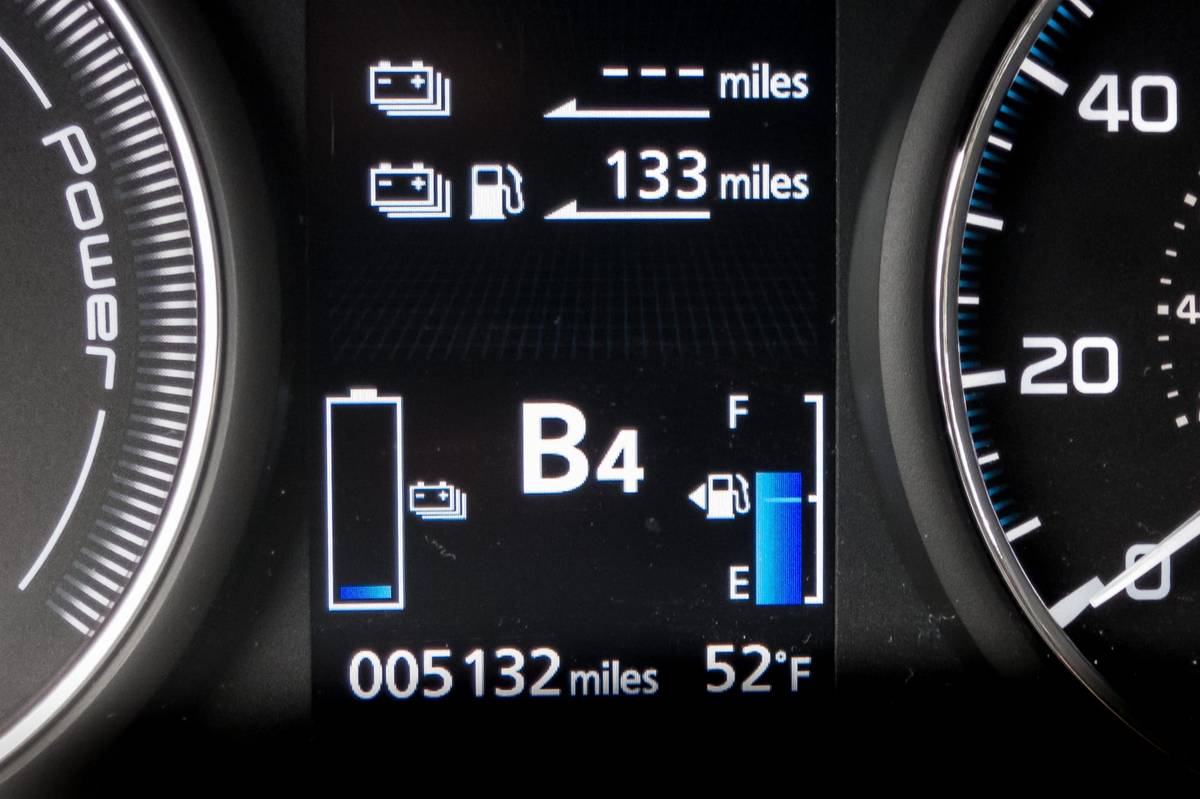
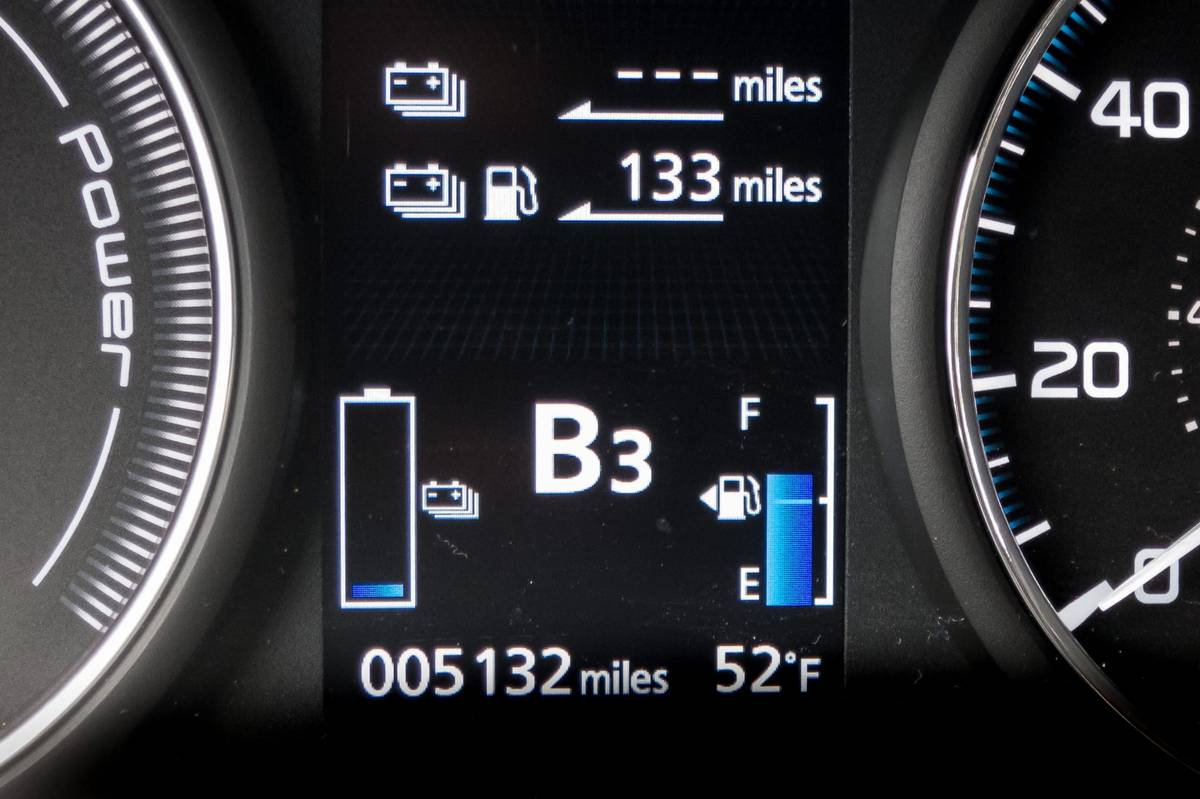
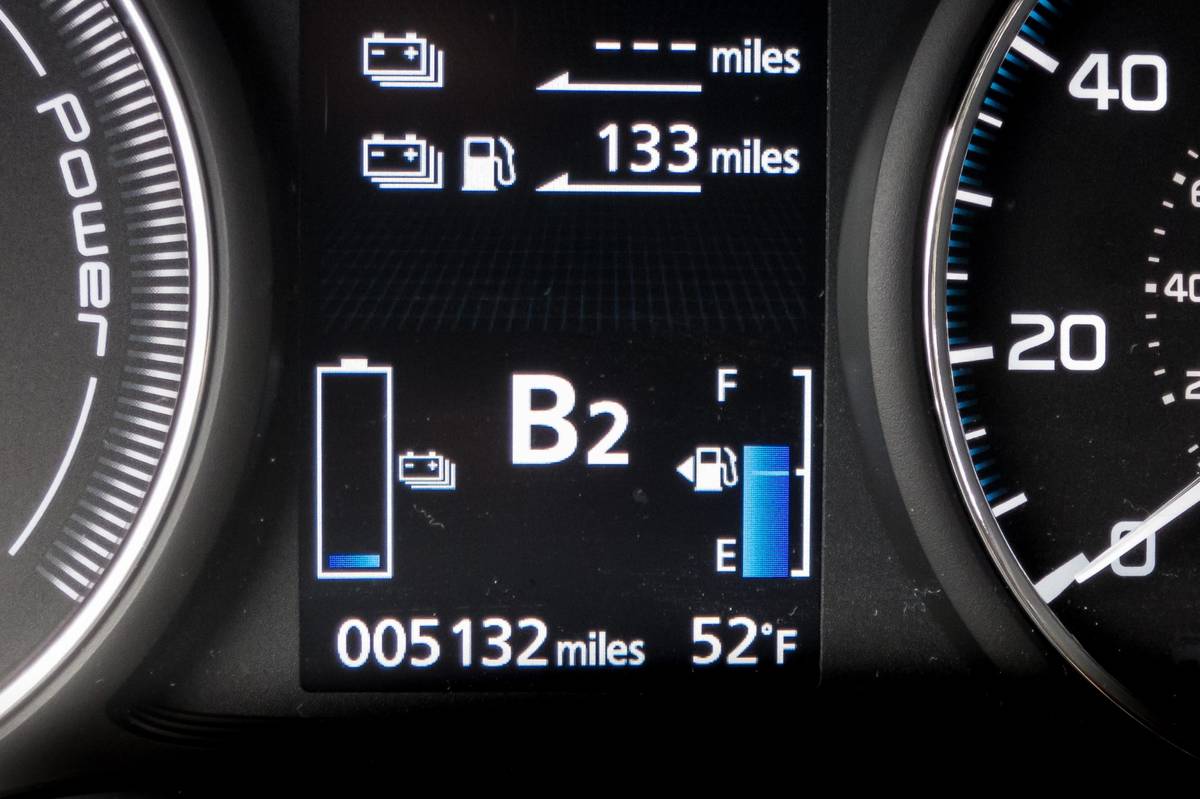
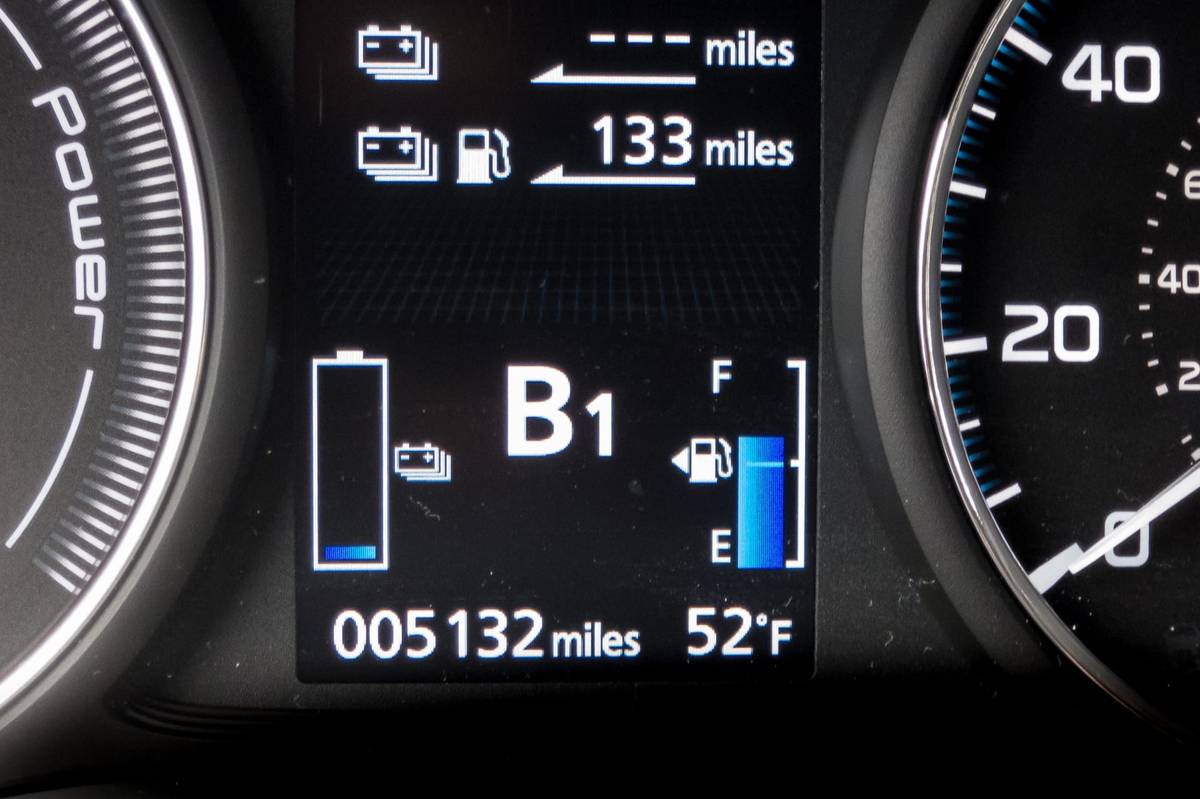
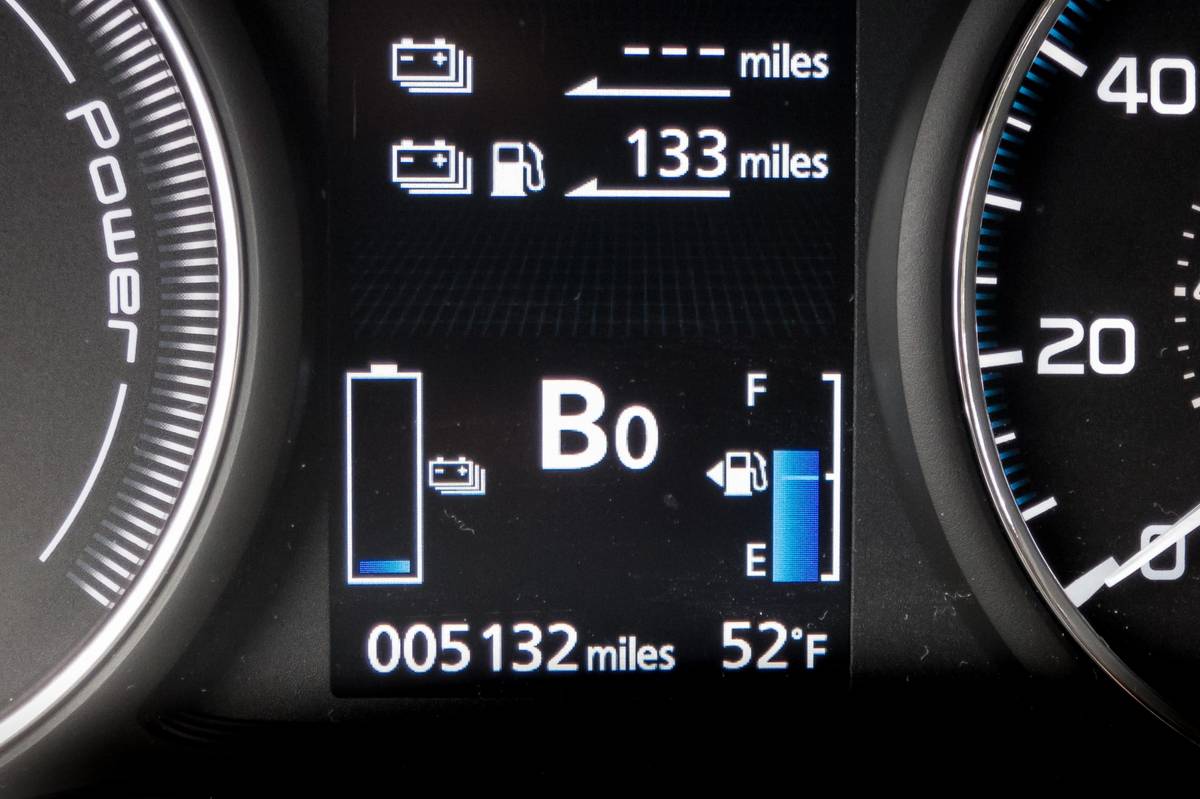

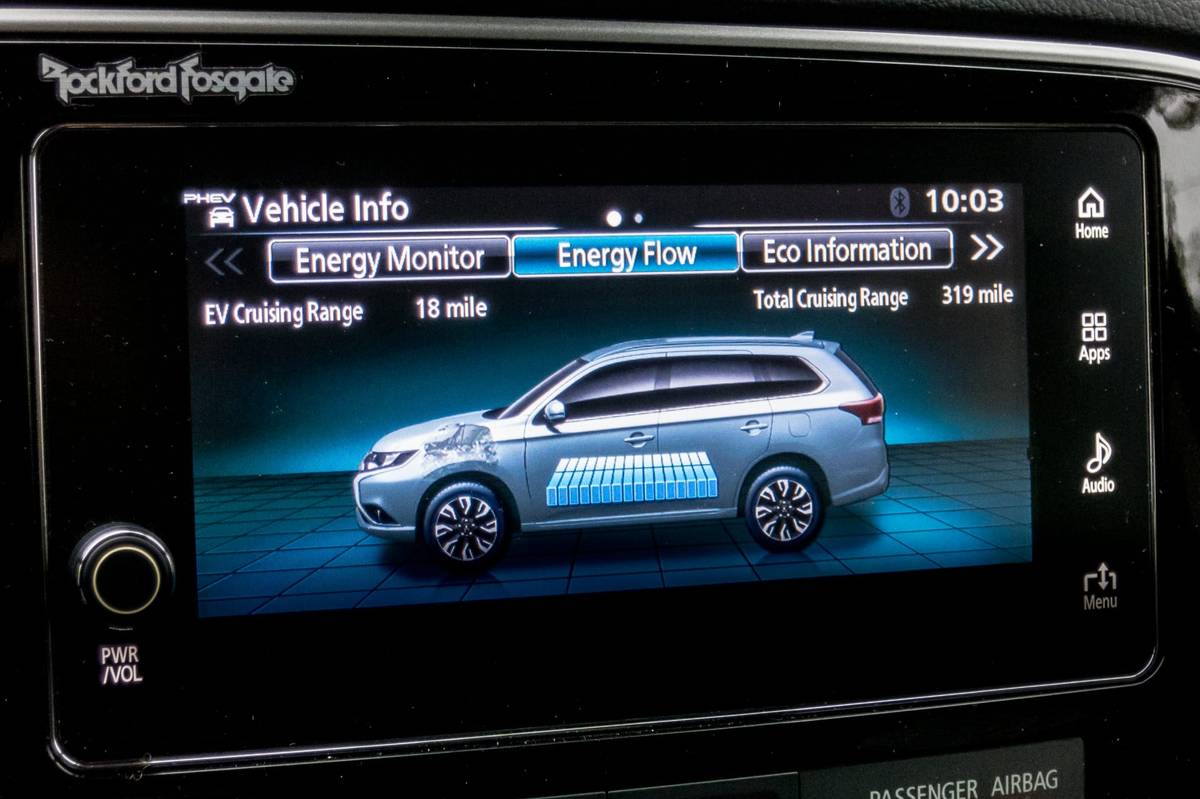
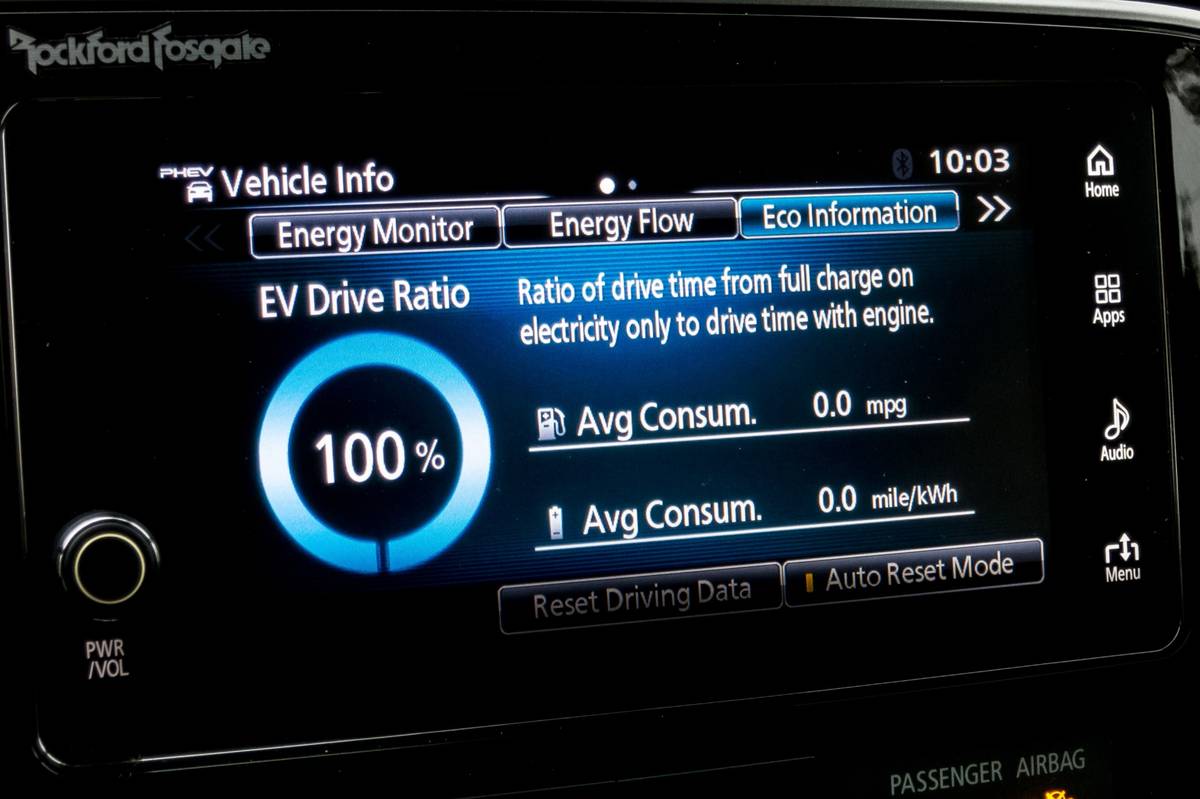
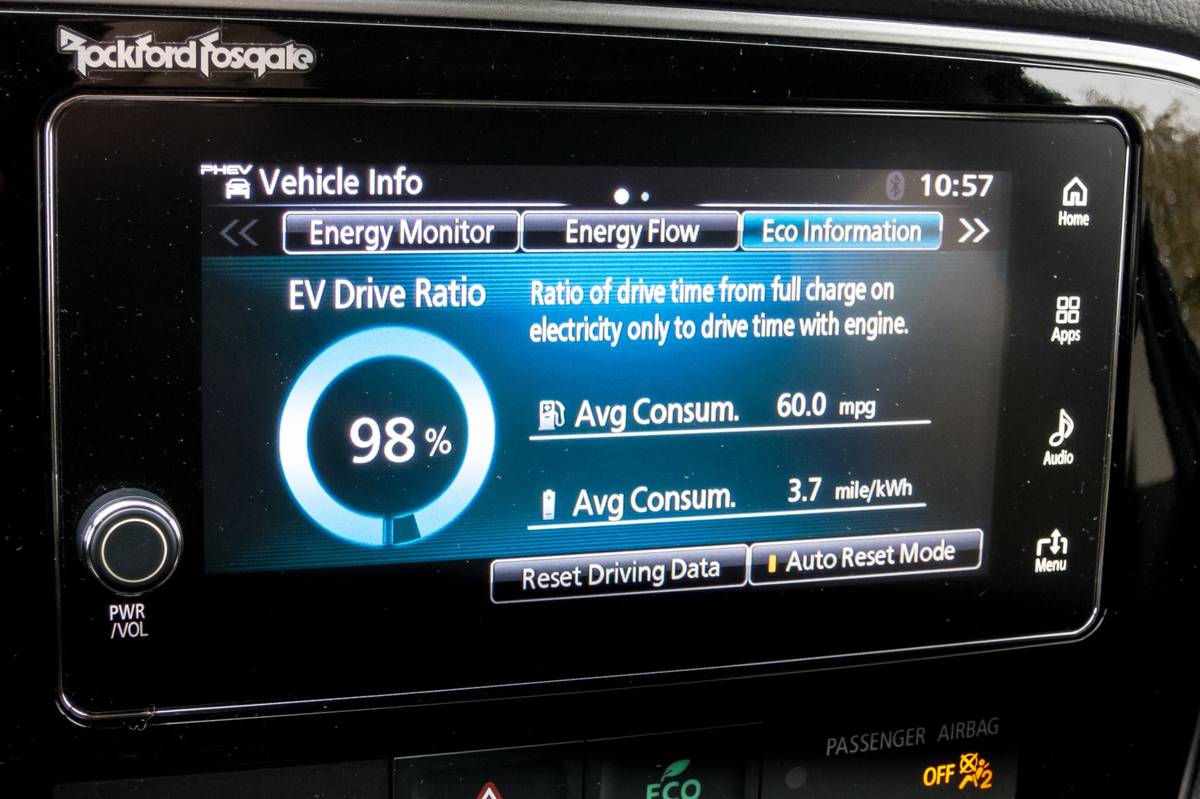
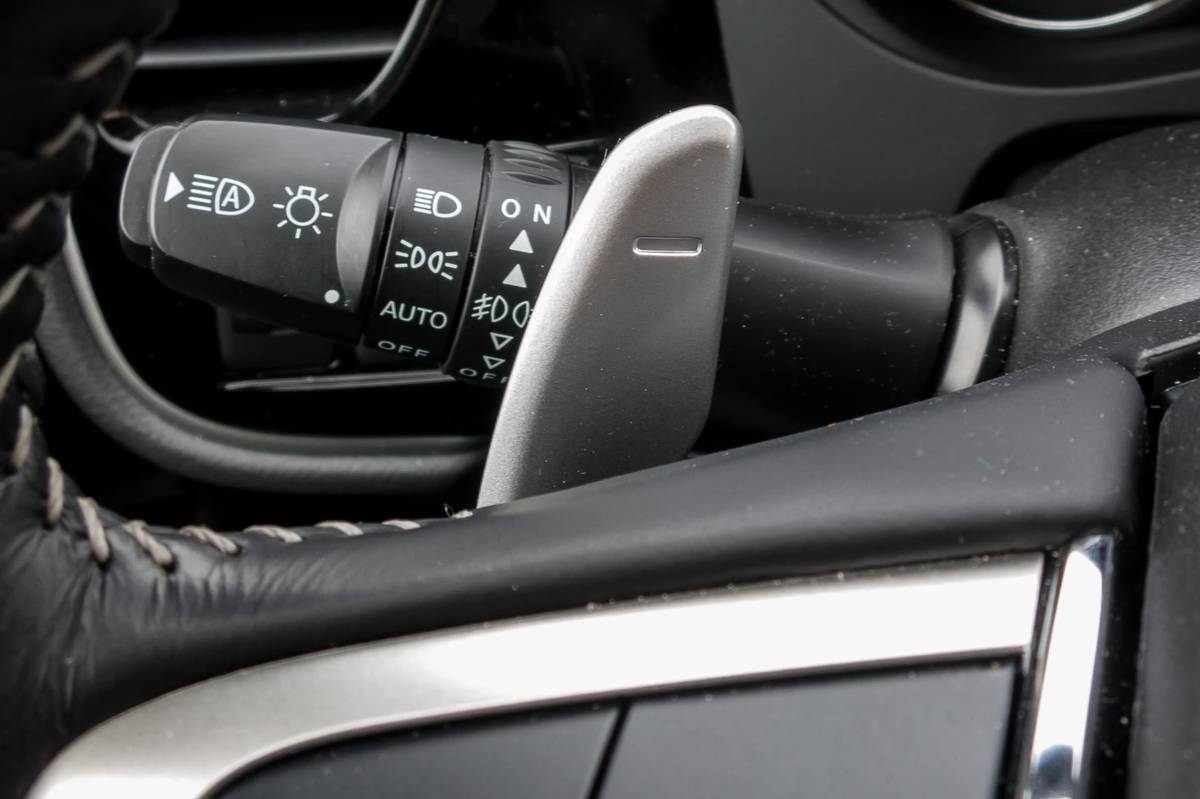

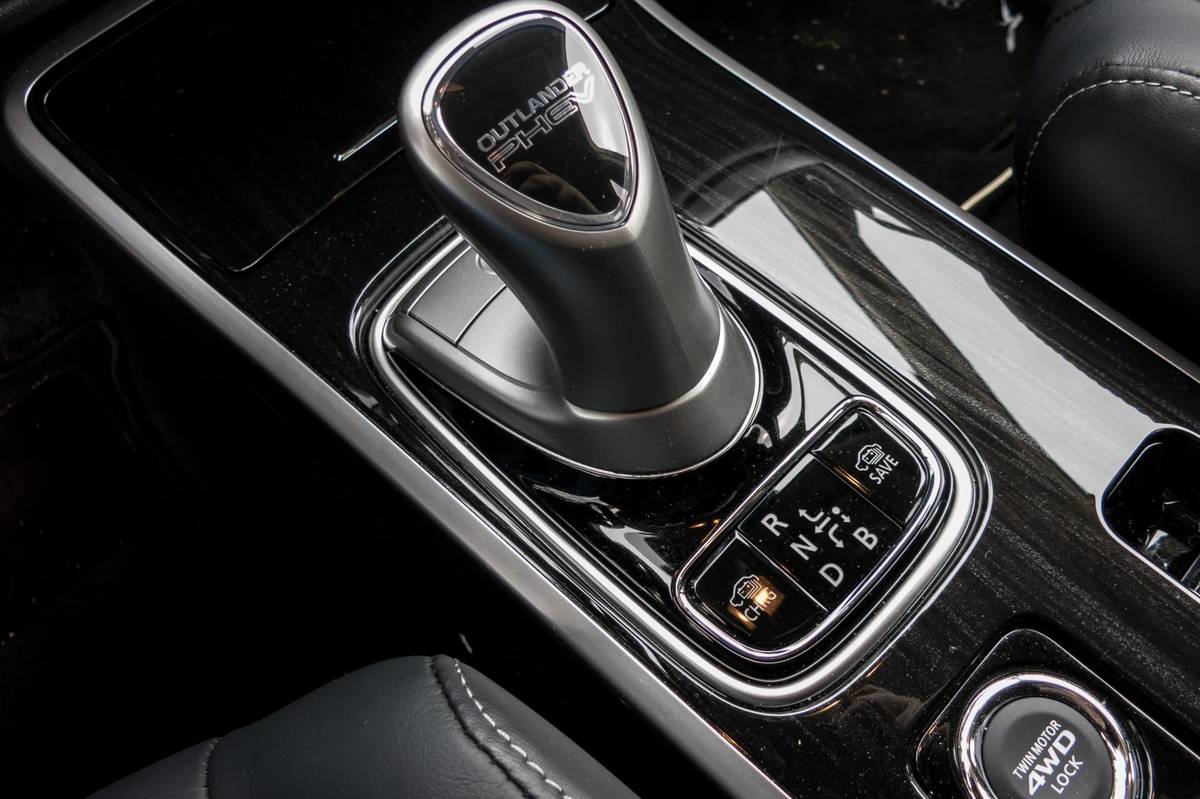

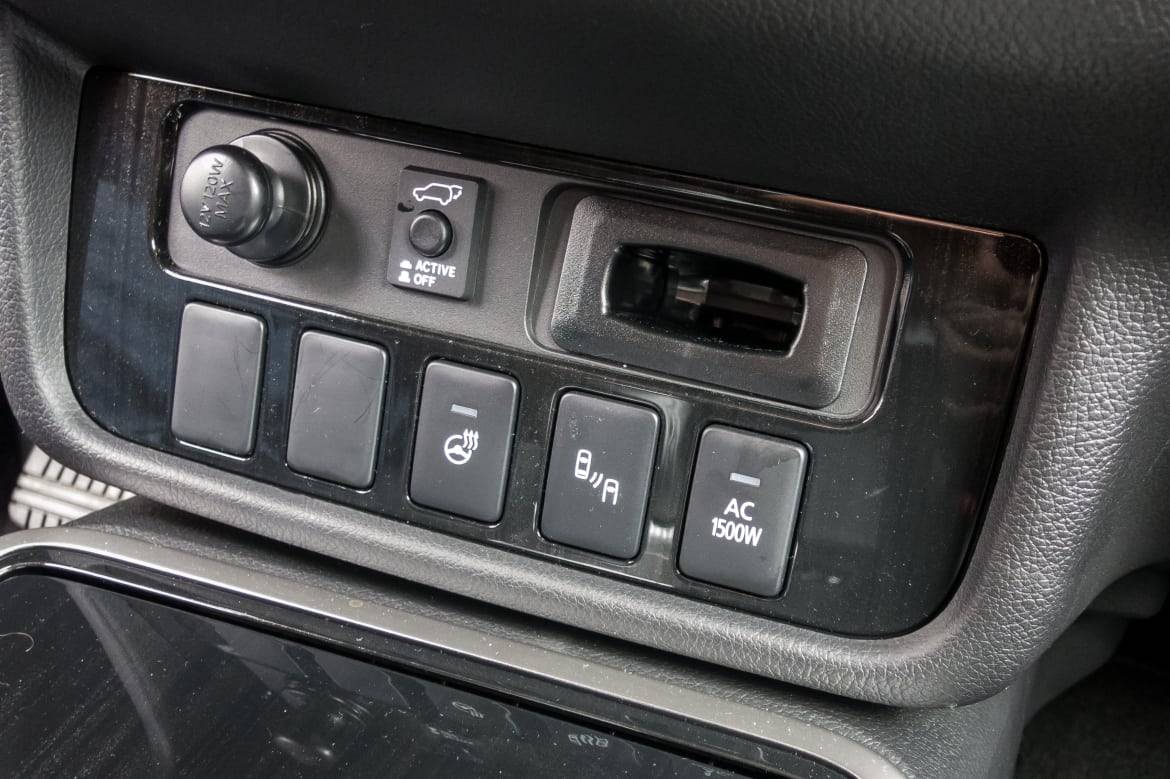
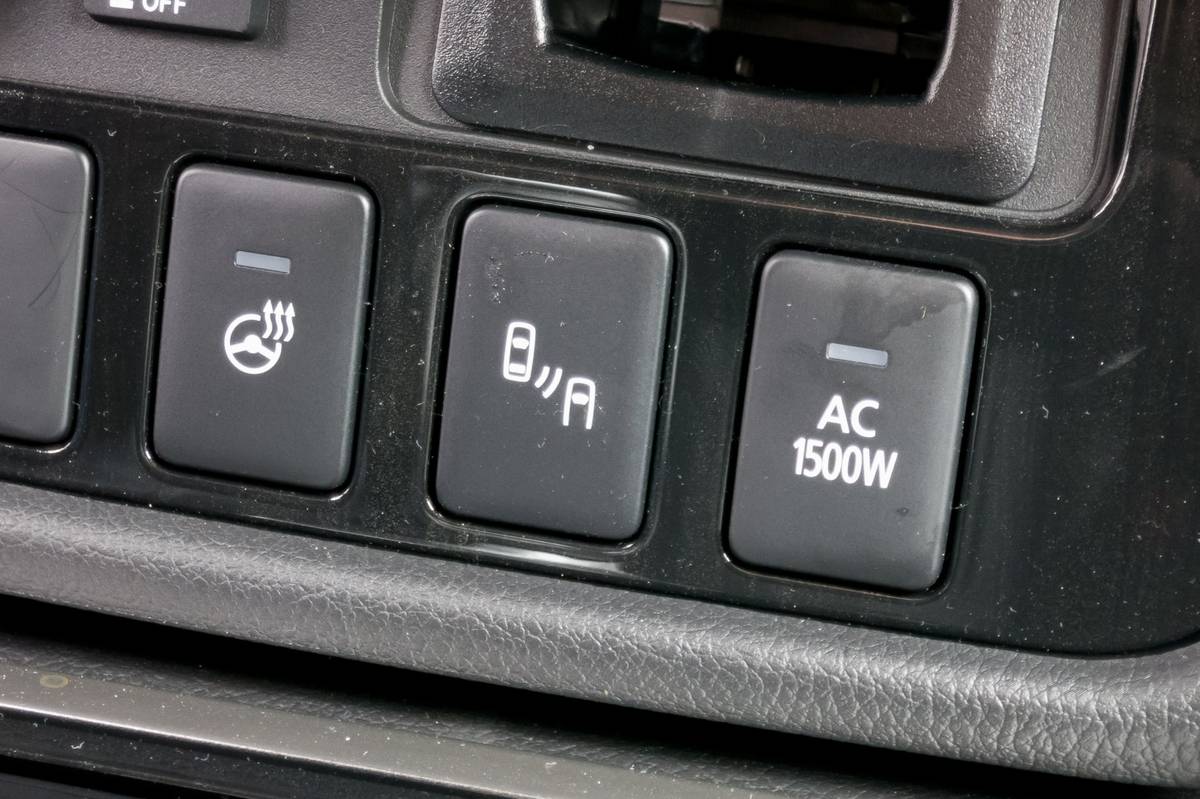






















The overall range of the Outlander PHEV is rated at 310 miles using combined battery and gasoline power, according to the EPA. The electric-only range is given as 22 miles before the gas engine has to kick on. That range drops considerably if you turn the climate-control system on, as the heater in the Outlander PHEV is not fed from the heat of the gasoline engine; it’s electric heat, so turning on the heat immediately drops the anticipated range by 5 to 6 miles. So in the wintertime, you’ll be fortunate to get 17 miles of electric range — if you drive it carefully.
One chilly, drizzly September morning, I charged up the Outlander from my own home 240-volt charger and set off on my typical driving loop that I use for testing the all-electric range of plug-in vehicles. The route takes me from my home in Ann Arbor, Mich., to a barbecue joint in Dearborn, Mich., about 28 miles away, via a route that combines city stop-and-go driving with some longer 55-mph stretches of four-lane divided highway.
I used the Outlander’s onboard start timer to set the car to preheat the cabin while still plugged in, using power from the house instead of the car, as my intention was not to use the climate-control system while in EV mode, in order to maximize its possible range. Despite this, upon getting into the SUV and starting it up, the maximum EV range was given as 18 miles, as it also takes into account previous driving behavior — and any higher-speed driving will affect its predictive mode.
I set out driving at a casual pace — not too quick, not hypermiling — keeping within a few mph of the speed limit and employing cruise control where possible. I was able to get 27.0 miles out of the Outlander before it told me that the battery was drained — 5 miles past its official rating, which isn’t too shabby for a cold-and-drizzly day. I’m also confident that this range could’ve been extended had more of my driving been at lower city stop-and-go speeds instead of faster 55-mph speeds.
The Silly Bit
Once the battery is drained, recharging the Outlander PHEV can be done one of a couple of ways — by pushing the Battery Charge mode on the console that activates the engine or by plugging it into a ground-side charger. And here is where the Outlander PHEV is unique among plug-in hybrid vehicles: It’s the only one on the market that has DC fast-charging capability. So not only can the Outlander PHEV charge at 110-volt household rates, but also 240-volt EV chargers and the new special 480-volt commercial chargers you see popping up all over America at gas stations, Walmarts, shopping malls, car dealers and varied other locations.
Upon draining the battery, I pulled up the EVgo app on my phone and sought the nearest DC fast charger to see if I could refill it again. Turns out, one was available not too far from my location in the parking lot of a Dunkin Donuts. I motored over to it, logged on using my phone app, plugged in, and had a doughnut and coffee while the battery recharged to about 75 percent in roughly 20 minutes.
But here’s the silly bit: The cost to fast-charge the Outlander PHEV was $9.49 for 5.67 kwh, and all this got me was another 17 miles of range. When the car is operating in gasoline mode, it’s rated at 25 mpg, meaning that if I’d just kept going on gasoline for those 17 miles, at $2.50 a gallon for gas, it would’ve only cost me $1.70 in fuel.
There are other programs one can sign up for with fast-charge companies like EVgo and ChargePoint that change your charging rate a bit, but frankly, unless you live somewhere that has free DC fast charging (which, Nissan Leaf ownership aside, isn’t a thing I’m aware exists), the fast-charge feature doesn’t make a whole lot of sense in the U.S. Home DC fast charging isn’t a thing yet given the massive voltage involved that largely confines the feature to commercial business installations.
Efficiency and Space
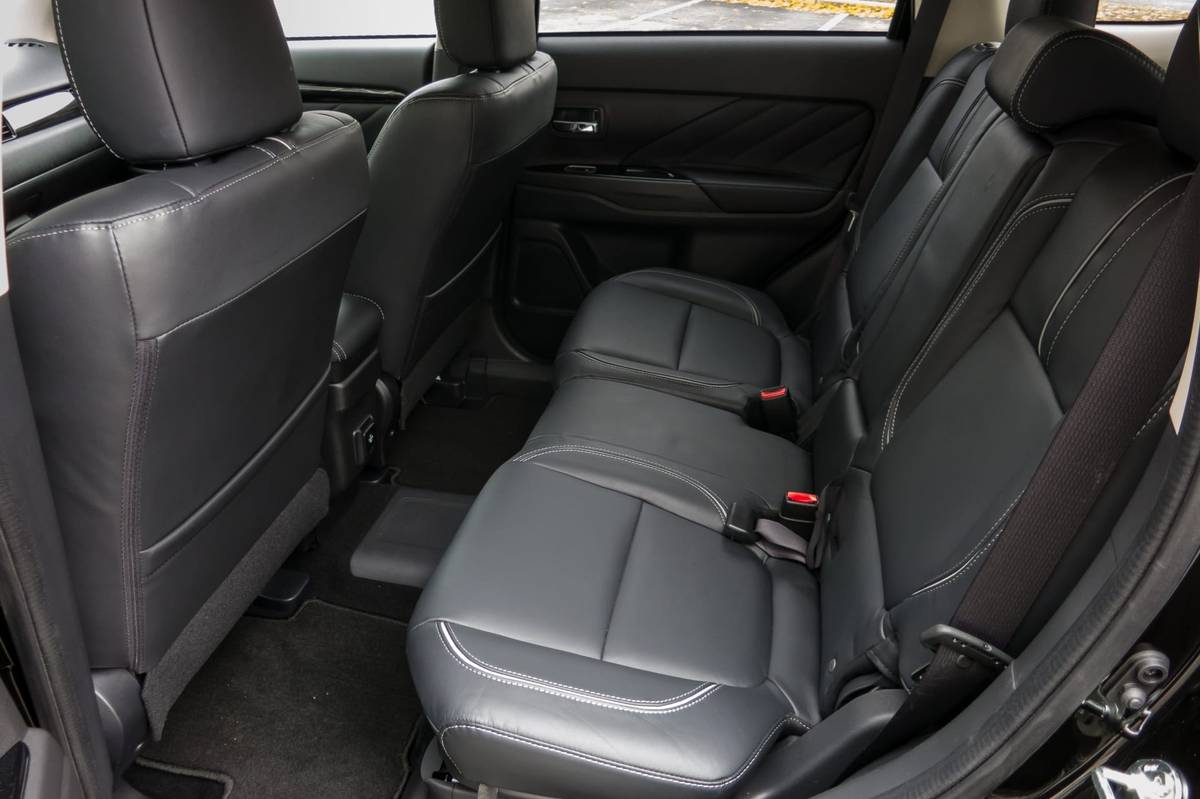
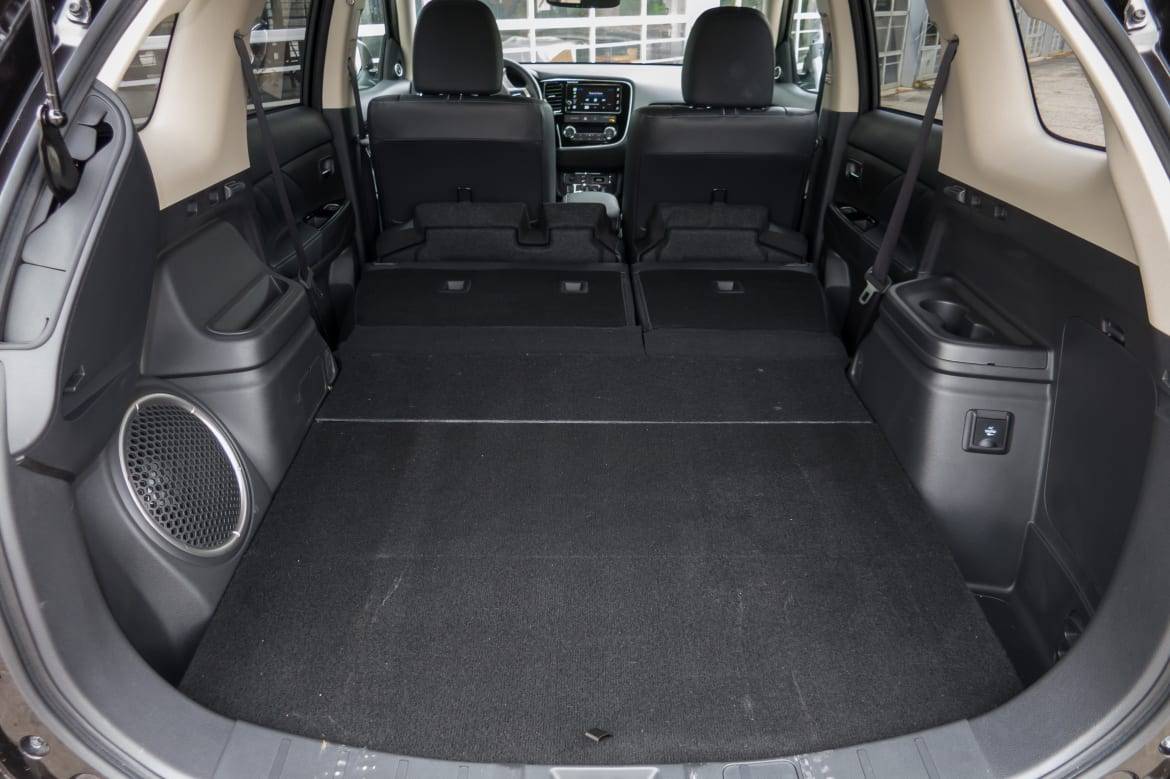
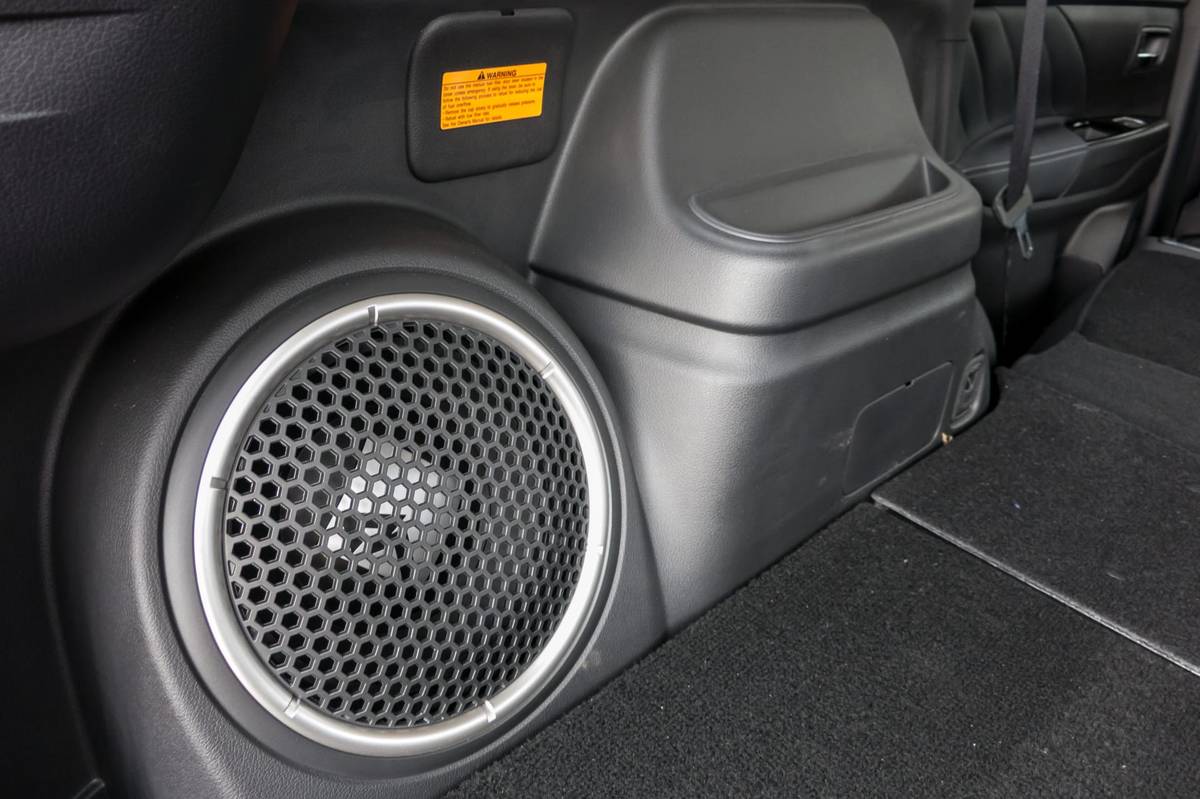
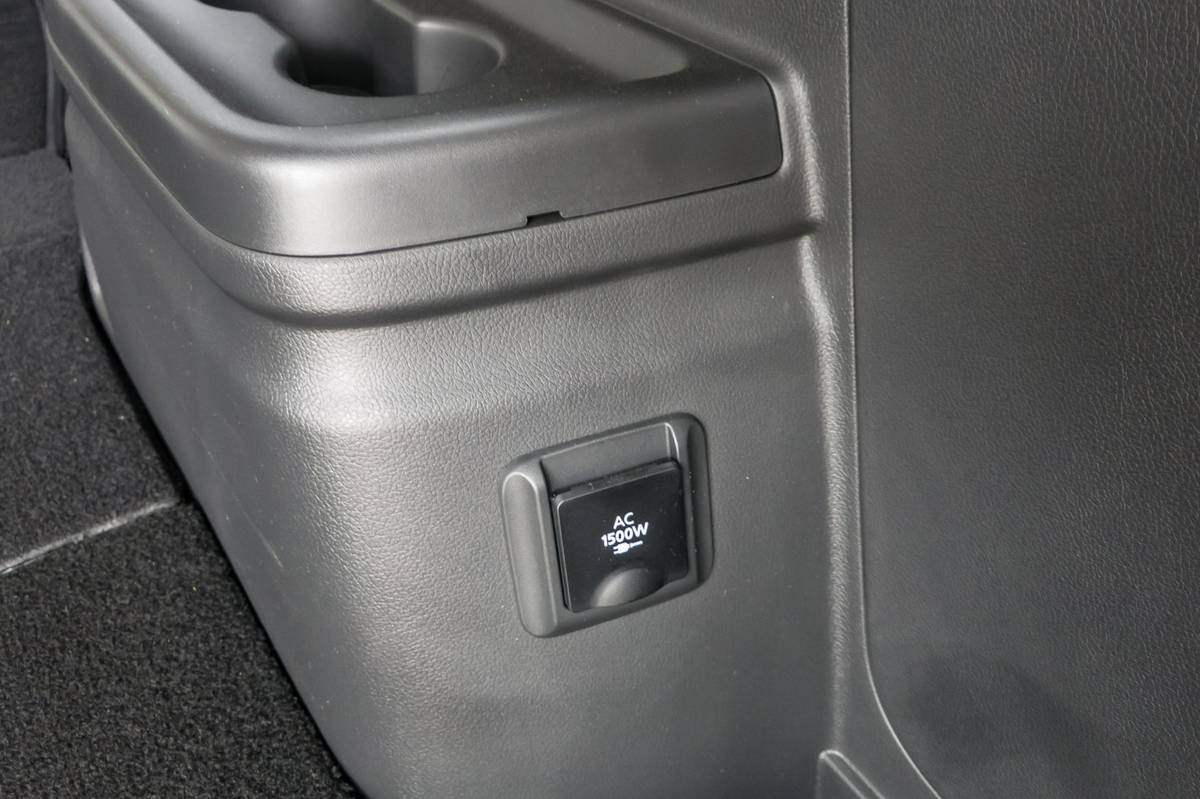




The point of the Outlander is not, however, to be the most fuel-efficient SUV on the market. It is instead to allow the average user the ability to do their daily commuting gas-free given that most people commute 20 miles or less. To that end, it actually does quite well. The fact that you can also seat five people comfortably, carry a serious amount of cargo if you need to, and do it all with AWD for foul-weather ability makes the Outlander the perfect hybrid SUV for a very specific buyer.
Cars.com’s Editorial department is your source for automotive news and reviews. In line with Cars.com’s long-standing ethics policy, editors and reviewers don’t accept gifts or free trips from automakers. The Editorial department is independent of Cars.com’s advertising, sales and sponsored content departments.

Detroit Bureau Chief Aaron Bragman has had over 25 years of experience in the auto industry as a journalist, analyst, purchasing agent and program manager. Bragman grew up around his father’s classic Triumph sports cars (which were all sold and gone when he turned 16, much to his frustration) and comes from a Detroit family where cars put food on tables as much as smiles on faces. Today, he’s a member of the Automotive Press Association and the Midwest Automotive Media Association. His pronouns are he/him, but his adjectives are fat/sassy.
Featured stories
